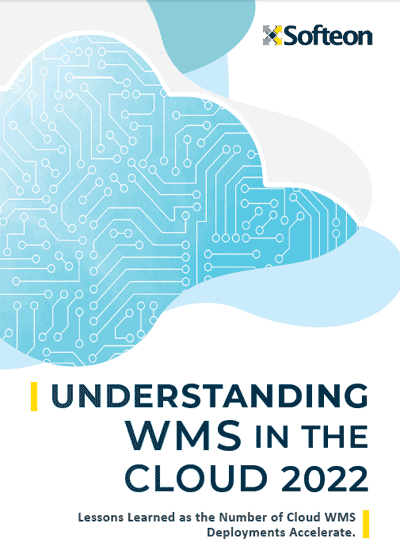The State of Supply Chain Sustainability 2022
About a month following its State of Logistic report in late June, CSCMP was back for the second time this summer with the State of Supply Chain Sustainability 2022 report, in partnership The State of Supply Chain Sustainability 2022with MIT's Center for Transportation & Logistics.
It is quite a document indeed, based in large part on survey data from 3300 respondents truly across the globe, plus in-depth interviews with 15 supply chain executives and general research.
| GILMORE SAYS: |
WHAT DO YOU SAY?'
CSCMP members can download the report for free. It is available for a modest charge for non-members. I recommend it.
Send us your
Feedback here
|
Now in its third year, the report is certainly smart and thorough, but again has a bit of an academic tone.
Here is my review and comment.
Let's start with this. How do you define Supply Chain Sustainability (SCS)? Here is MIT's take, unchanged from previous reports, and it's a mouthful: "Sustainability is the management of environmental and social impacts within and across networks consisting of suppliers, manufacturers, distributors, and customers in line with the UN Sustainable Development Goals. This spans every phase of the supply chain, from raw material sourcing and extraction to product use and end of product life."
OK, I guess I will agree with that.
The report sees SCS progress in most areas - though noting the continued gap between supposed goals versus investment and action.
In the executive summary, the report says that "Our research for 2022 affirms supply chain's increasingly important role as a champion of corporate sustainability."
It adds that sustainability practices and capabilities in supply chain appear to be maturing fast and gaining momentum across firms of all sizes.
But the picture is still somewhat mixed. The survey found that 34% of North American respondents believe their firm's commitment to Sustainability has increased since the start of pandemic in 2020, but that 52% said it had stayed the same. Just 3% said it had decreased, with another 11% not sure.
Importantly, respondents see pressure to improve Sustainabilty increasing from all 10 potential sources MIT identified, with pressure from investors showing the largest jump.
50% of respondents said they were seeing high pressure on Sustainability from company exectutives, up a bit from 47% last year. But the percent seeing high pressure from corporate buyers jumped from 36% in last year's report to 52% this year.
The report quotes one manager from the electronics sector as saying this relative to Sustainability: "I think that we are seeing more and more that our customers - both are direct and indirect customers - are expecting it, and in some cases demanding it. They are looking to purchase only from companies that are investing in Sustainabilty."
As noted above, the survey, however, found company rhetoric was well ahead of actual investment. Across all 10 potential Sustinability goals (e.g., energy savings, supplier diversity), the scores for having goals in place rated higher than the perceived level of investment towards that goal. The biggest perceived gap was in the area of "human rights protection.
"Actual investment is, after all, costlier than goal setting," the report notes.
What Sustainabilty practices are most popular?
Supplier audits were the most popular practice, adopted by 46% of companies. The next most popular practices was supply chain mapping, which refers to efforts to understand who a company's suppliers really are across a multi-tiered supply chain, at 38% companies. (This can be very hard to do, by the way.)
Least popular? Collaborating with NGOs, adopted by just 12% of companies, and use of carbon offsets, adopted by only 14% or respondents.
There a number of other practices in between those top and bottom scores.
Changing gears, the report found 83% of companies issue annual Sustainabilty or Corporate Social Responsibility reports.
That sounds very high to me, and may be a factor of responses to this primarily coming from large companes. I do not believe anywhere near that many mid-size companies issue these reports.
The report concludes by noting there is rapid change in the Sustainabilty arena.
"Firms should be aware that as Sustainability priorities change over time, their SCS efforts or profiles that attract and win business may not do so every year - even with the same customers," the report observes, adding that "It is a constant state of flux."
CSCMP members can download the report for free. It is available for a modest charge for non-members. I recommend it.
Any reaction to this report summary? Let us know your thoughts at the Feedback section below
|









